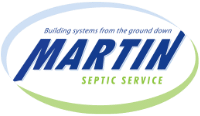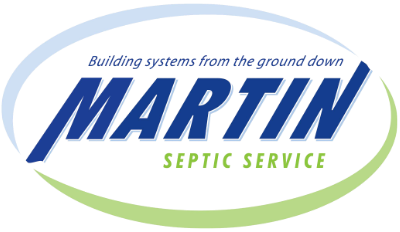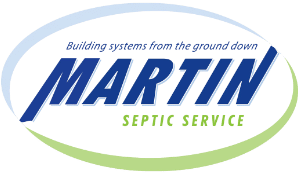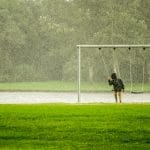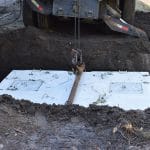When a hurricane barrels through, it’s not just wind and rain that wreak havoc – your home septic tank after hurricanes can also find itself in a stormy situation. The torrential rains that accompany hurricanes can overwhelm the drainage capabilities of your septic system. The soil becomes saturated, making it challenging for water to leach from the septic tank into the surrounding ground as it usually does. This waterlogged scenario can lead to backups in your plumbing, slow drainage, or even sewage surfacing in your yard.
Additionally, the powerful winds and flooding from a hurricane can damage the physical components of the septic system, such as the tank and the leach field. Debris carried by the storm can clog pipes and compromise the system’s functionality. In essence, a hurricane transforms your septic system’s orderly process into a watery battlefield, reminding us that even underground, nature’s forces can disrupt the delicate balance of waste disposal. Following any hurricane, many residents may be experiencing issues with their septic tank after hurricanes not functioning properly. Here are some things you should know about what to do after a storm.
GENERAL GUIDELINES FOR SEPTIC TANK AFTER HURRICANES:
- Do not let children play in flooded areas, as these waters may be contaminated by sewage.
- The ground around your home may be saturated from rain or flooding, which can affect your septic’s ability to drain properly. To help prevent sewage from backing up into your home, you should limit the use of household water.
- If your system uses a dosing pump, it will not function without electricity. You should not use water until electricity has been restored; otherwise the septic tank will fill, and could cause sewage to back up into your home.
- If you are having problems in an area that is served by public sewer systems, contact your local utility company to insure they are aware of the issues.
IF SEWAGE BACKS UP INSIDE YOUR HOME:
- Stay out of affected areas and keep children away.
- You should evacuate until all affected areas have been thoroughly cleaned and disinfected.
- Clean floors, walls and household surfaces with soap and water, and disinfect with a solution of bleach and water. Thoroughly dry out affected items to prevent mold growth.
- Wear protective clothing, such as waterproof gloves, goggles and rubber boots.
- Wash all clothing and linens in hot water.
- Discard any items that cannot be washed or dry-cleaned, such as mattresses, carpeting, upholstered furniture and wall coverings.
FOR SEWAGE SPILLS OUTSIDE YOUR HOME:
- If sewage has overflowed outdoors, avoid the area, and do not let children play nearby.
- Contact your local utility or a professional septic tank service for clean up.
- Minor spills may be disinfected with garden lime from a garden shop. Follow the instructions on the label for personal protective equipment needed. Use the lime outdoors only.
Sprinkle lime so that the spill is dusted, and mostly white on the surface. If the residue is thicker in some places, use a rake to mix the lime and the residue.
Let it sit for 24 hours, then rake up the thicker residue and place it in a trash bag for disposal. Use a hose to water the remaining lime and residue into the soil.
Let the area dry for a day before allowing access. If white lime dust is still visible on the ground, water it until the white dust is gone.
TO PREVENT ILLNESS:
- Do not touch your face; keep hands away from your nose, mouth, eyes and ears.
- Wash hands thoroughly with soap and water immediately after cleanup, and before eating or drinking.
- Wash or dispose of contaminated clothing.
- Shower immediately after cleaning up sewage, or being in sewage contaminated water.
Remember, Use Caution with your Septic Tank After Hurricanes. For further information, please contact your county health department or visit https://www.floridahealth.gov/environmental-health/index.html or www.FloridaDisaster.org.
